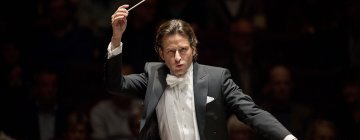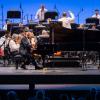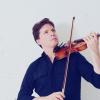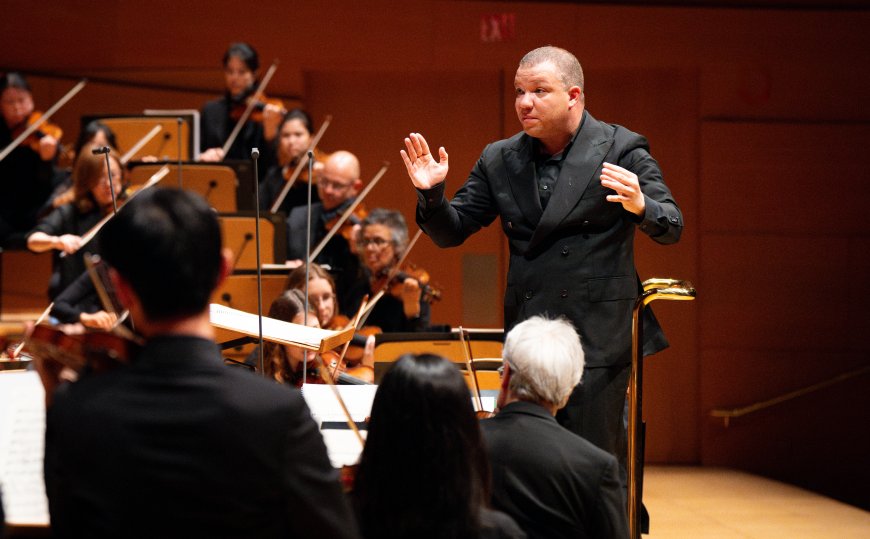
In another example of “local boy makes good,” conductor Ryan Bancroft over the weekend made his first appearances with the Los Angeles Philharmonic at Walt Disney Concert Hall, that temple of music he frequented in his youth. The 36-year-old Lakewood native had already led the LA Phil at the Hollywood Bowl on two occasions, after which word spread that he has a lot on the ball. This was borne out on Saturday afternoon, April 26, not only in the unified response he received from the Phil but also in the programming he served up.
It was Esa-Pekka Salonen who first brought Swedish composer Anders Hillborg to Southern California’s attention, and the connection produced several LA Phil commissions, the latest of which, Sound Atlas (written in 2018), received its U.S. premiere on this program, delayed by COVID. (Yes, we are still feeling late aftershocks from that time.)
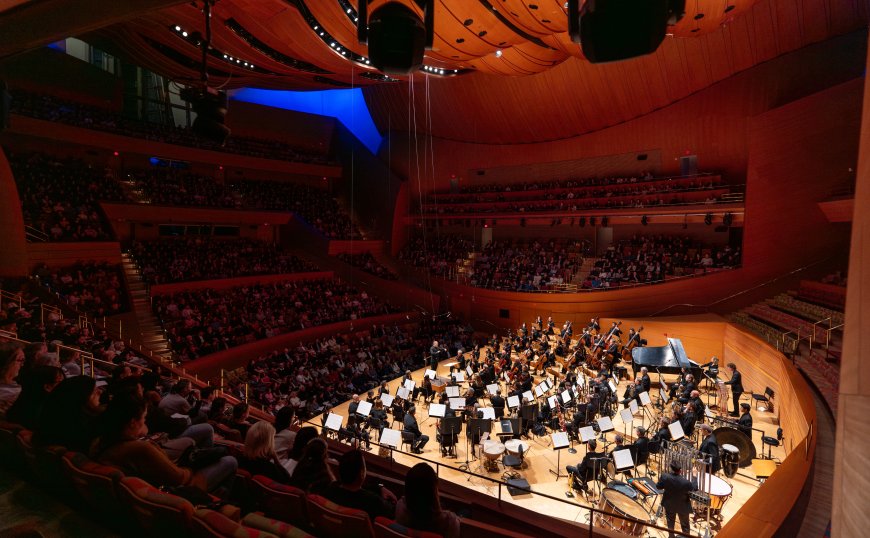
Good thing the Phil didn’t give up on Sound Atlas, a mesmerizing 22½-minute tone poem that’s well worth absorbing. The piece opens with the sheen of a glass harmonica combining with the winds to create an eerie, spacey, cutting sound evocative of electronic music. Each of the first few sections of the piece is launched with a single percussive note — a thunk or a ting.
The sheen becomes thicker in “River of Glass,” and piccolos and strings play unnerving microtones that glitter and destabilize the musical line. All is calm until “Vortex,” which builds to a roar and an agitated racket. Then the concluding “Hymn” brings us back to dreamland. Bancroft, who is currently chief conductor of the Royal Stockholm Philharmonic Orchestra, seemed thoroughly at home in this meditative and distinctly Nordic sound world.
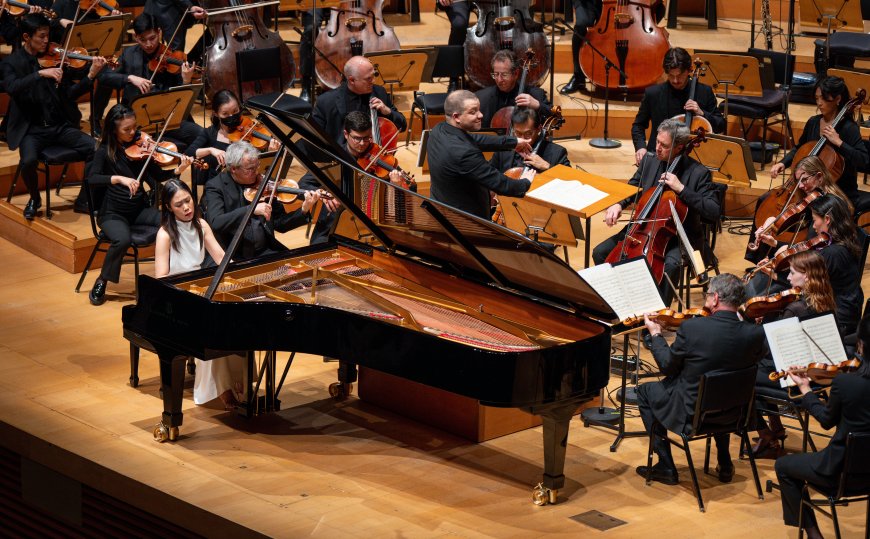
In Mozart’s Piano Concerto No. 24 in C Minor, Bancroft, working without a baton as always, enforced a smooth, elegantly phrased texture free of period-performance tics and mannerisms yet with bursts of power to heighten the angst of Mozart’s musings. It was a congenial carpet for South Korean pianist Yeol Eum Son to glide over with her immaculate technique and just enough crispness to propel things forward. It was a satisfying performance.
After intermission came the dramatic Symphony No. 4 by Denmark’s greatest composer, Carl Nielsen. Of the composer’s six symphonies, the Fourth, appropriately subtitled “The Inextinguishable,” is most often played, though it’s still something of a rarity. Los Angeles didn’t hear it live until 1973, when Zubin Mehta gave the first LA Phil performance; he and the band also recorded the work for Decca. Salonen was a Nielsen champion early in his career — he recorded all of the symphonies with the Swedish Radio Symphony Orchestra. Gustavo Dudamel did the Fourth and Fifth Symphonies while in Gothenburg. And yet Nielsen still scarcely shows up on concert programs here.
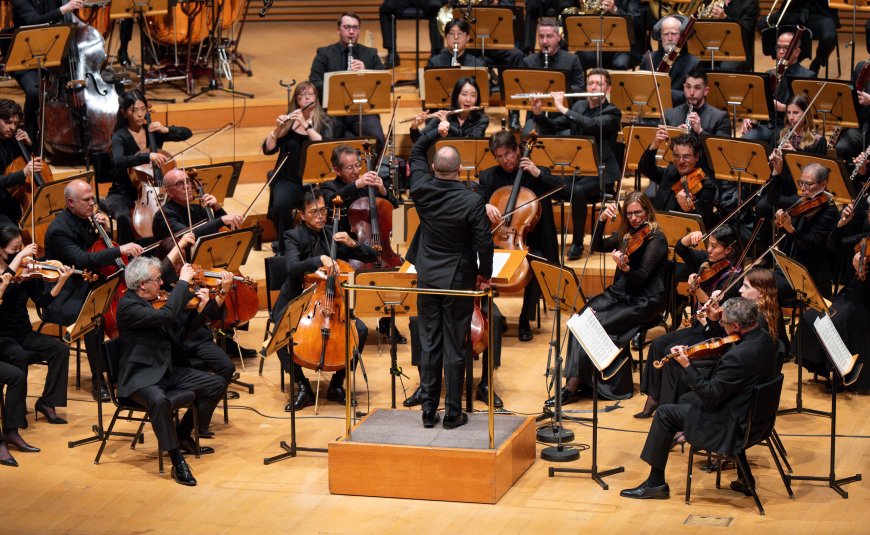
It seems that with LA Phil music directors, Nielsen’s music attracts them when they’re young but loses its appeal as they age. I hope Bancroft doesn’t relegate Nielsen to the back burner, as he unleashed a passion for the Fourth Symphony on Saturday.
In his program notes, Bancroft writes that the work “is easily one of my two favorite pieces that I get to conduct,” and his enthusiasm showed right from the opening, which took off like a rocket. Granted, the symphony is supposed to begin forcefully, but this was something special. Bancroft also got the orchestra to relax on a dime when needed, imparting delicate nuances to the folklike dance of the second movement. The Phil’s strings handled the dizzying 32nd-note runs that signal the start of the finale with startling unanimity, and the famous battle for dueling timpani brigades on either side of the orchestra rattled the hall with excitement. The brasses were overly blaring at times, but all else went very well.
Bancroft may not have the flashy charisma of Dudamel, but based on this performance, if the LA Phil is looking for deep musicianship from a music director candidate, the orchestra might want to give Bancroft a further viewing.
